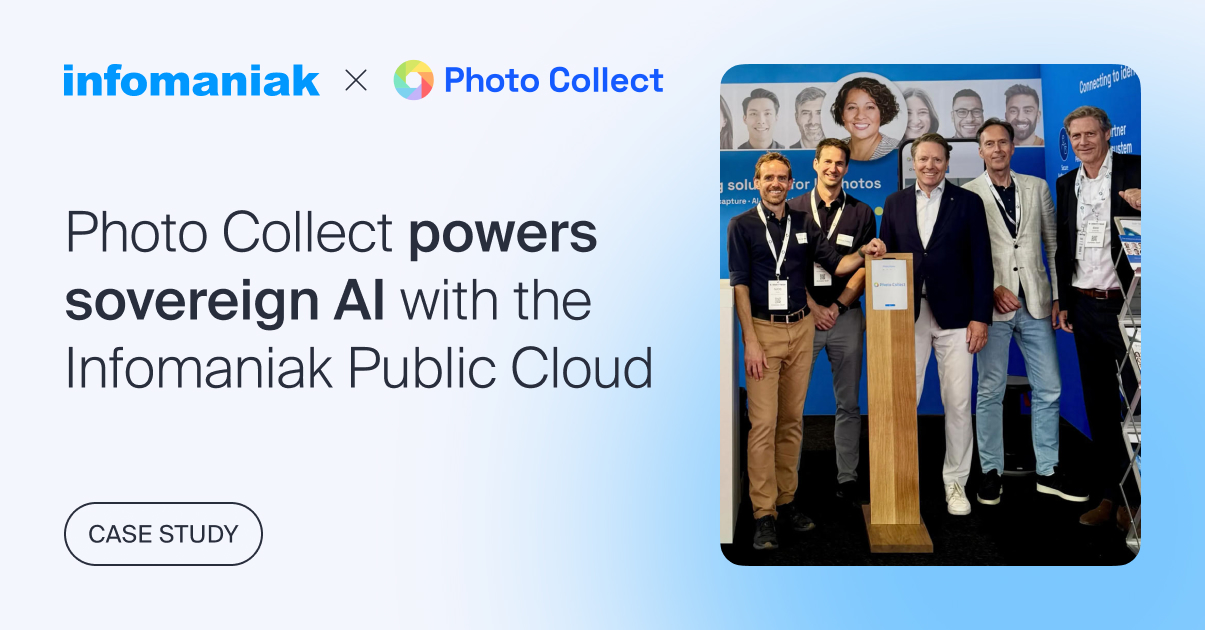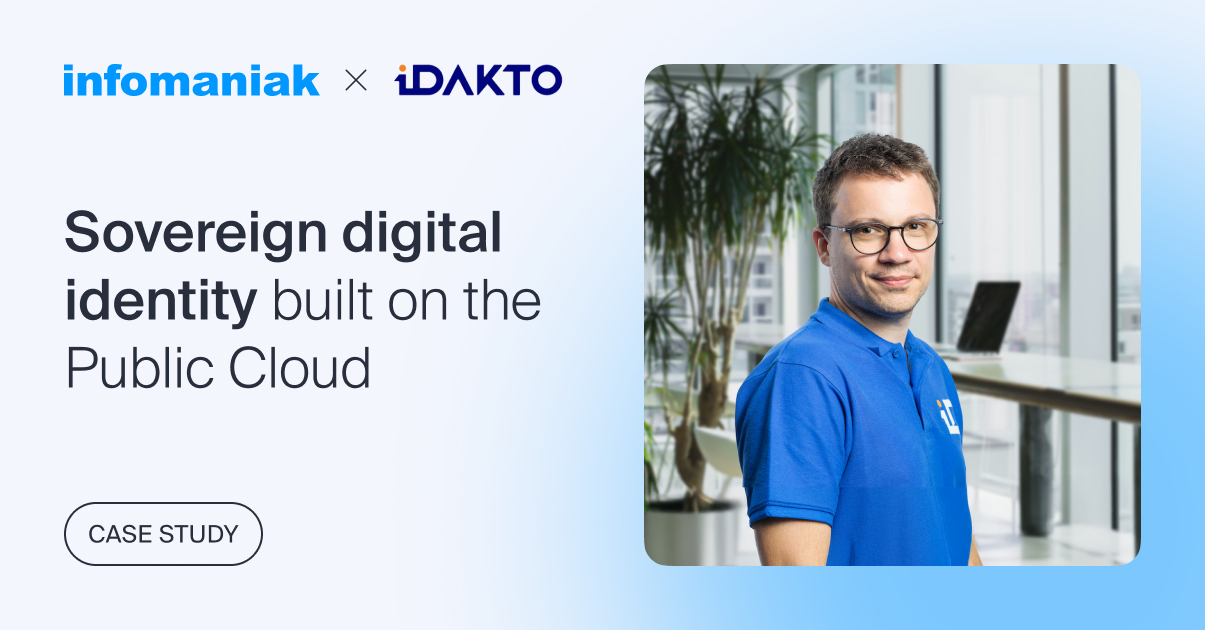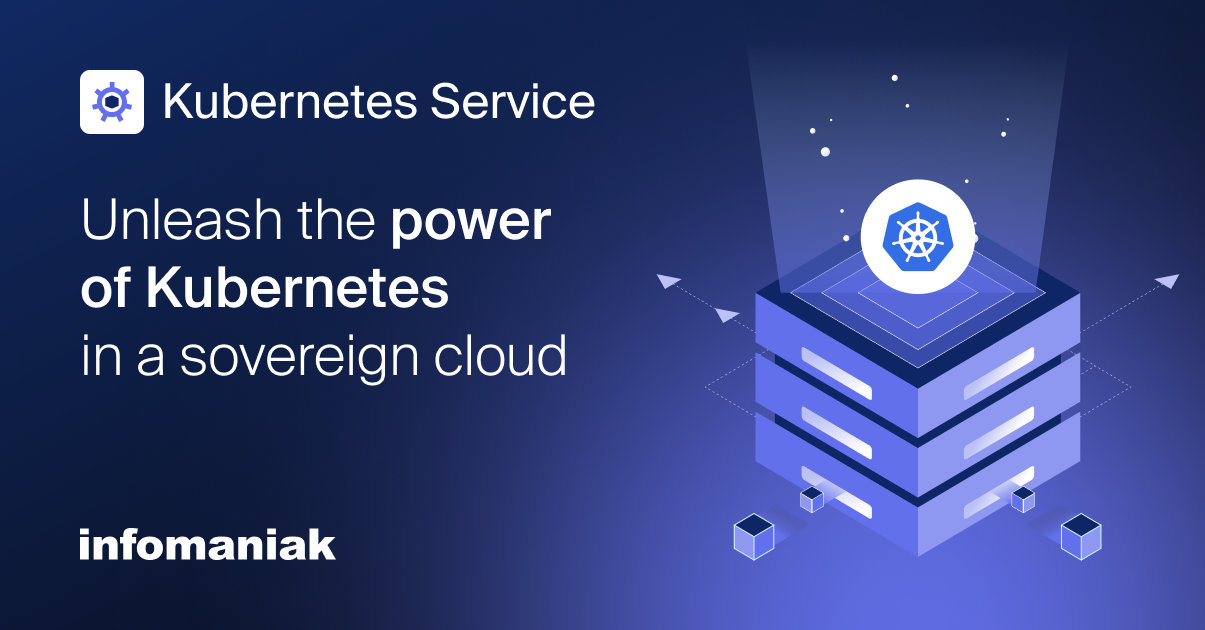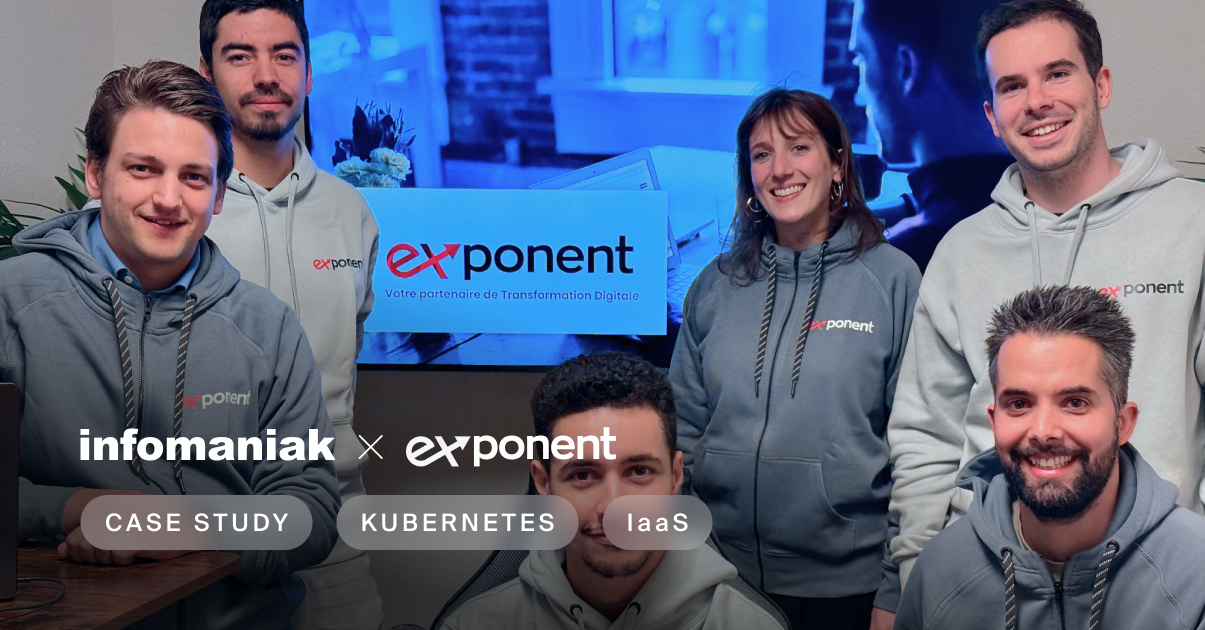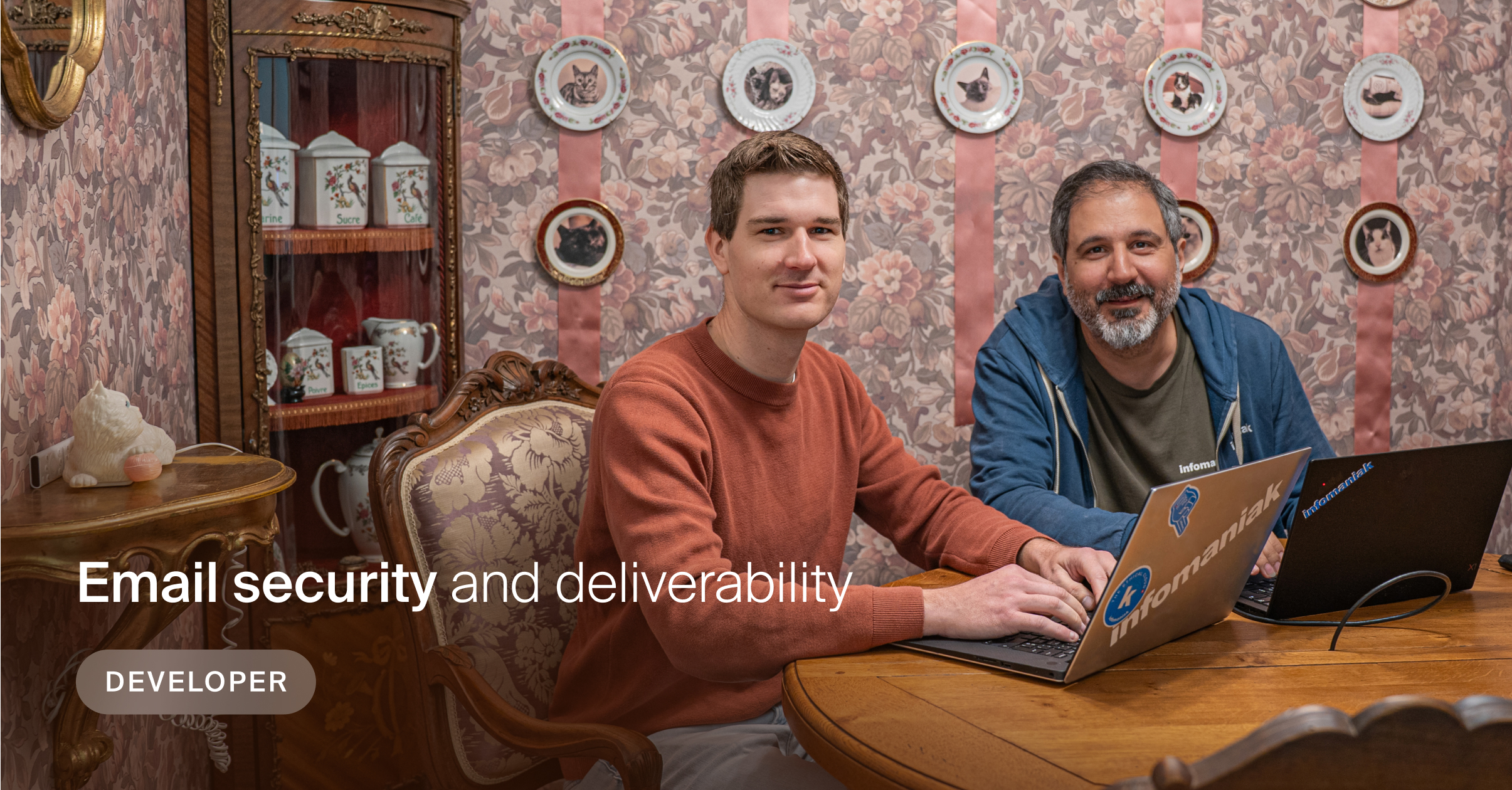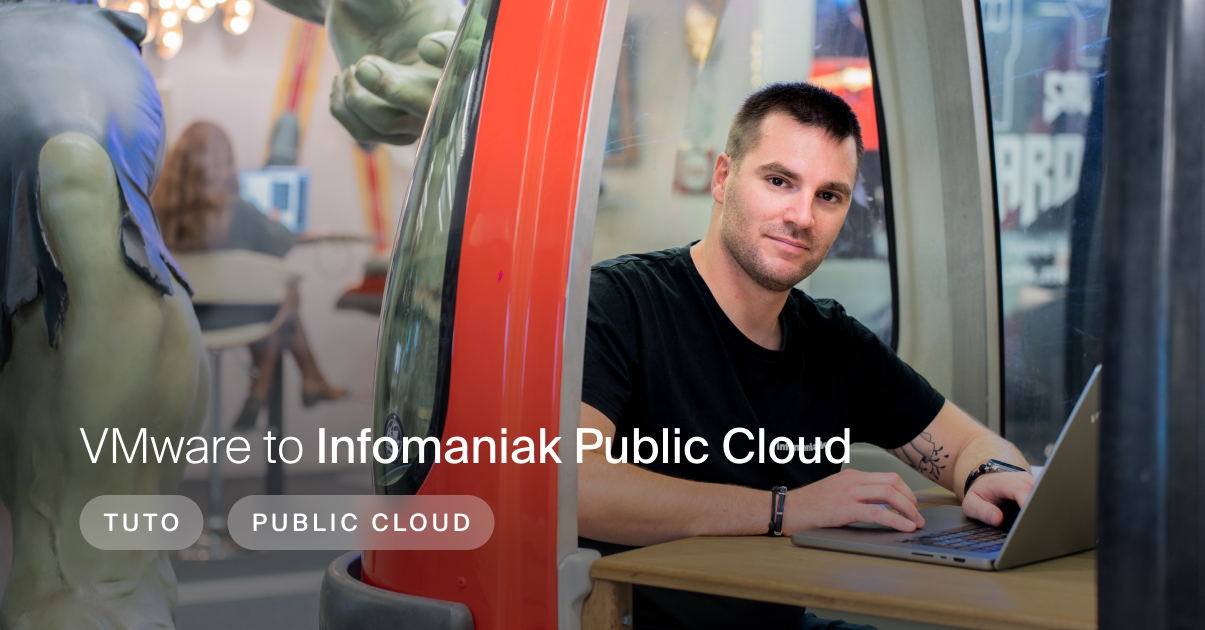What cloud is best? The choice of cloud platform impacts all stages of a project and hence its success: it’s a question for developers and senior managers alike.
This article finds us sharing with you the testimony of a developer used to measuring the value of cloud platforms in the face of real-world business needs. And in the upheaval of the work methodologies they’re having to contend with, one solution emerges like a gem: Jelastic Cloud. For IT consultant Marco Molteni, the situation is clear: Jelastic has several unbeatable advantages over mainstream solutions such as Azure and AWS. “Aside from the direct access to the latest technologies and the price, it’s above all the ease of use that makes an edifying difference in the field,” he believes. Since 2001, Marco has been developing solutions for clients including HP, Zurich Cantonal Bank, Swiss Federal Railways, CSS and Skyguide. He also advises European banks, SMEs, start-ups and clubs/associations.
Hello Marco, what’s your experience vis-a-vis the cloud?
I’ve been helping organisations migrate to the cloud for a long time. For large accounts, I work within the perimeter of their platform, while for smaller companies I also deal with the cloud architecture itself.
What do you think of existing cloud solutions?
On the whole, it has to be said they’re very complex and expensive: you need a specialist to navigate the offers and calculate the costs. Most offers lead to a host of surprises in the estimates, which makes it very difficult to plan ahead. You have to proceed cautiously if you’re new to the field.
Organisations use cloud consultants who are qualified to navigate this complexity. To simplify the implementation, many even use a middleware layer to automate and simplify development and deployment on these platforms. That’s the role of solutions such as RedHat’s OpenShift. Complicating things even further, the major providers push clients to use free or discounted proprietary options that make it difficult or impossible to migrate to competing solutions in the future.
Why do you think these complicated solutions dominate the current market?
The running joke in IT used to be that no one got fired for choosing IBM or Oracle. Nowadays, the same can be said of the offerings from Amazon (AWS) and Microsoft (Azure). There’s a kind of fascination with the cloud, and companies appear to be rushing to these solutions “to avoid problems”.
But there are problems, of course – all the problems that arise from data protection and the lack of local support, but also the complexity of the services, which slows down and increases the cost of initiating projects. There’s the problem of access to data in the event of outages, as the servers are located abroad. Finally, clients are at the mercy of the supplier’s hotline. In view of all that, it’s best if you’re a powerful client.
What’s the best cloud solution in your opinion?
At a technical level, the offerings are similar: there’s no one offering that’s better than the next. Having said that, there are clearly some features that may be more appropriate for the given need. Most companies need simple, standard solutions: they’ll never use half the options offered by the big vendors, who try to cater for every eventuality with every imaginable feature. Here again, local solutions score well with real guarantees of technical support and data protection.
Our clients are mainly SMEs, start-ups and agencies: what solution would you say works best for them?
Basically, go for simplicity. Simplicity’s what allows you to make headway.
Personally, I’d choose Jelastic in most cases where there’s no need for a complex infrastructure on several continents, to give one example. That applies to most organisations. It’s the perfect way of getting into the cloud either free or at a very low launch cost.
Ninety percent of usage scenarios in companies are simple: they need to deploy applications (with or without Docker), use databases, store files, secure access, carry out monitoring and automate the CI / CD process.
Jelastic’s easy to use, inexpensive and easily adaptable to the needs of companies. In all these cases, it makes sense to choose a solution where everything works out of the box, rather than venture into the (Amazon) forest and be held back in your plans.
How did you come across Jelastic?
I’m active in the Java community and it so happens that Jelastic has won several awards as the most innovative platform as a service (PaaS) in the Java world. Today, Jelastic lets you deploy any type of technology (Golang, Node.js, Python, Docker, Kubernetes…), which has continued to capture my interest. I consider Jelastic to be a real “computing gem”. Its innovations and ease of use mean you no longer need recourse to specialised and certified DevOps professionals.
Any developer or even a head of company can take care of the cloud architecture (in the context of an SME or a start-up). The automatic scaling of resources and the pricing simplicity are also major pluses: customers pay on a pro-rata basis for actual usage, not for reserved resources that they haven’t consumed. There’s no need to use a spreadsheet to determine costs: Jelastic displays a quote immediately and transparently. These benefits change everything for SMEs.
What type of organisation is Jelastic best suited for?
Jelastic lets you focus on developing your business without spending too much time and money on cloud infrastructure.
It’s perfect for companies with a very short time to market that don’t have lots of resources dedicated to IT infrastructure and that need to save their budget. That applies to start-ups, for instance. It’s also the most appropriate solution for SMEs aiming for a simple, agile and scalable infrastructure.
Jelastic can also be suitable for large companies with several hundred developers, 500/1000 for example, and that require complex CI/CD pipelines. The tool allows for monitoring of hundreds of applications, strict cost control, custom feature sets via the API, and environments such as Kubernetes or hybrid (public/private) clouds.
How long does it take to get started with Jelastic?
Very little time. One of the things I like best about this solution is that it’s open: there are hundreds of free templates available for standards such as WordPress, Magento and GitLab as well as for specific application configurations. All it takes to configure a load balancer with Java, DB and SSL instances, for example, is one or two clicks. Depending on the complexity, it takes from a few minutes to no more than an hour to start a new configuration and deploy the application. This was unthinkable before. You can start simple and add features as you go (caching, Docker, scaling, etc.).
The interface is intuitive and no training is required. On YouTube, you can even find a video of a four-year-old setting up a Java environment with multiple instances in two minutes:
What are the advantages and limitations of Jelastic compared to other solutions?
Jelastic is simpler and therefore by definition more limited than other solutions. This is partly compensated by greater openness and compatibility. For example, Jelastic doesn’t offer proprietary machine learning solutions, S3 storage or user authentication. However, it can communicate with external providers to use S3 and Glacier from AWS or Azure Active Directory from Microsoft.
Automated architecture
On the other hand, there’s Jelastic’s dashboard and marketplace, which contain free, ready-to-use configurations and features. Jelastic gives you full control of the technology, something that’s a big advantage compared to other solutions. You can install Java 8, 11, 16 and every new release without even having to make Docker versions. You can do A/B testing, deploy builds directly from GitHub at each commit, install SSL and dedicated domains, swap domains, distribute traffic and so forth. All these possibilities are constantly evolving.
Transparent cost structure
With Jelastic, you can graphically draw your own architecture in a dashboard, the instances you need and the instances you want to scale and it gives you the minimum and maximum cost per month – all in the blink of an eye with no hidden extras.
Other providers offer a calculator that quickly becomes a spreadsheet with hundreds of options and variables – with the risk of forgetting or wrongly estimating something. You only need to visit the various providers’ websites to get a clear idea (or rather be totally confused by the offerings).
I advise choosing providers who are clear about their services and prices.
Do you have any critical applications running on Jelastic?
Quite a few, one of which is not only mission-critical but life-critical: a real-time monitoring system to measure the blood glucose of people with diabetes.
To conclude, do you have any advice for SMEs?
The choice of platform has a real impact on the success of projects over time. That’s because the risk lies in the difficulty of configuration: security management, resource calculation, deployment and so on. Complexity leads to errors that slow down progress. In practice, simplicity is to be preferred. It’s the better choice.
You have to realise that more features means more lock-in opportunities for the provider. It’s a well-oiled machine. The cloud giants offer a plethora of free or cheap proprietary features to encourage adoption, and it becomes difficult to escape. In the end, you become dependent on this provider, which can seriously limit your technological evolution or your migration to more cost-effective solutions.
It’s worth pointing out that Jelastic lets you migrate to other solutions, but unless you really need to, you have to really want to make life hard for yourself.
The advantage of an open solution like Jelastic is that you can migrate in small steps without any problem. It’s a solution that integrates easily with other clouds or existing infrastructure. You can even choose your provider, like Infomaniak. That brings me to my last point, which I can summarise thus:
there’s no point venturing out with a complex solution when everything you need is to hand. If you go for Infomaniak’s Jelastic Cloud, you have almost the same possibilities, as well as cost transparency. What’s more, you have the quality of support that speaks your language – and is surely the friendliest out there.
What matters is what you can do with your cloud platform. And as you can see, Jelastic Cloud lets you do what you need to do without having to hire in outside expertise.
Get started with Jelastic Cloud for free
Why wait to realise a project? You can try out all the architectures you want in Jelastic Cloud: it’s free to do so, and the 14 days you get is more than enough time convince yourself of this solution.
Photo Collect guarantees its digital sovereignty with Infomaniak’s Public Cloud
Friday October 31st, 2025
Case study: iDAKTO develops its digital identity solutions with Infomaniak’s Public Cloud
Friday October 17th, 2025
Infomaniak launches a managed Kubernetes service in its sovereign Public Cloud
Thursday April 3rd, 2025
Alternative to VMware: migrate from VMware ESXi to OpenStack with Infomaniak’s Public Cloud
Friday October 11th, 2024

 Français
Français Deutsch
Deutsch Italiano
Italiano Español
Español